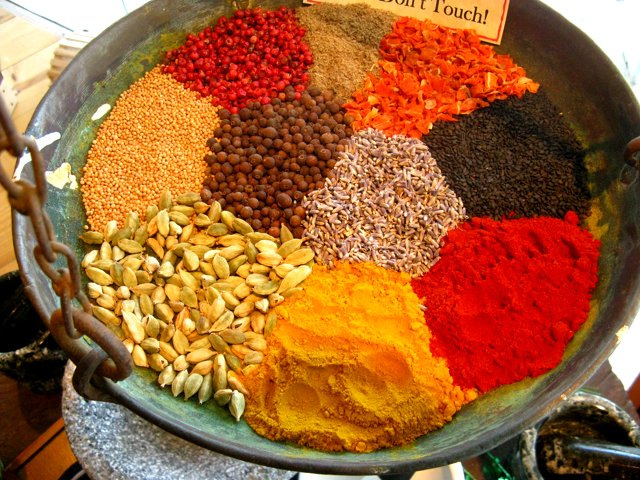Being able to tell your organization’s stories is vital to connecting with your audience. (Again, when I use the word story, I’m talking about a true tale, nonfiction).
How you tell your stories will determine who will be moved by them. You can find inspiring stories, whether you’re at a nonprofit or a business, by spending time with the people you are helping. I understand this can be difficult, especially if it’s not part of your regular job description. It’s often easy to get bogged down with daily duties.
In other instances, public relations managers focus their attention on getting the organization’s message out to the traditional news media. That used to be the most important way to reach a large audience. And while good media coverage still matters, someone in your organization should also be aware that a big part of what you should be doing is telling stories to your audience directly. This allows your audience to feel a greater connection to you.
Once you find a story to tell, it’s also important to craft it in a way that immediately grabs the reader’s attention. It’s essential that you identify what part of your story will do this, as well as how to structure it. The following series will walk you through how to write the beginning, middle, and end of a story.
1. The Power of Written Storytelling: The Beginning (Part 1)
2. The Power of Written Storytelling: The Middle: Why Does Your Story Matter? (Part 2)
4. The Power of Written Storytelling: The Middle: Adding Flavor (Part 4)
5. The Power of Written Storytelling: The End: Why Write Awesome Endings? (Part 5)
Also, check out: Nonprofits Telling Awesome Stories: charity: water (Part 1) and Tyler Riewer’s Adventures With charity: water

